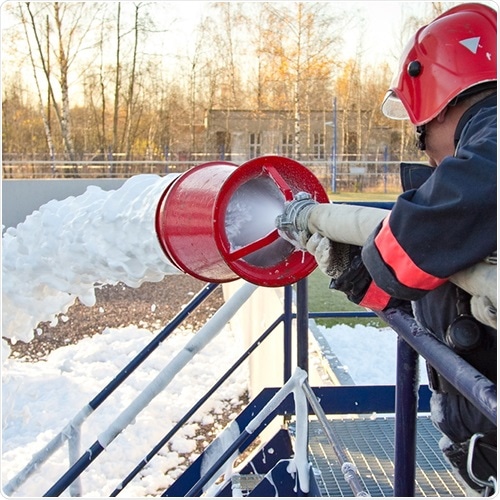They’re called “forever chemicals” because once they enter the human body, they remain there for decades.

The toxic contaminants – widely known as PFAS – have dominated the media in recent weeks in the wake of the largest class-action lawsuit in Australia’s history, involving 40,000 residents whose towns have been polluted with chemicals from firefighting foams used by military bases.
Widely reputed to cause cancer and other health conditions – such as reduced kidney function, high cholesterol and lower birth weights in newborn babies – the perfluoroalkyl substances have been on the Federal Government’s radar for some time.
Associate Professor Albert Juhasz, an expert in contaminant bioavailability at the University of South Australia, has been awarded a $1.39 million grant from the National Health and Medical Research Council to investigate the different pathways that humans can be exposed to these toxic chemicals.
Assoc Prof Juhasz will lead a world-class team including UniSA Future Industries Institute colleague Professor Tarl Prow, and researchers from SAMRHI and the Women’s and Children’s Hospital, to better understand the extent to which PFAS enter the body and how they are absorbed.
Focusing on the five most prevalent PFAS found in firefighting foams, Assoc Prof Juhasz and his team will look at the three possible exposure pathways: ingestion, inhalation and dermal absorption.
Children playing in soil may incidentally ingest these chemicals or even inhale them in fine dust. They may also be absorbed through the skin or through eating fruit and vegetables grown in soil irrigated with PFAS-contaminated water. Our project will assess how people are exposed to these chemicals, where they accumulate in the body, and whether they are broken down – all essential information to help assess the health risk.”
Albert Juhasz, Associate Professor, University of South Australia
Assoc. Prof Juhasz’s NHMRC grant is part of a targeted call for research into PFAS in the wake of several contaminated sites being identified in Australia. Between the 1970s and 2000s, the Department of Defense used a significant amount of PFAS, present in firefighting foam, on defense bases across the country. Eight of these bases are the subject of the class action.